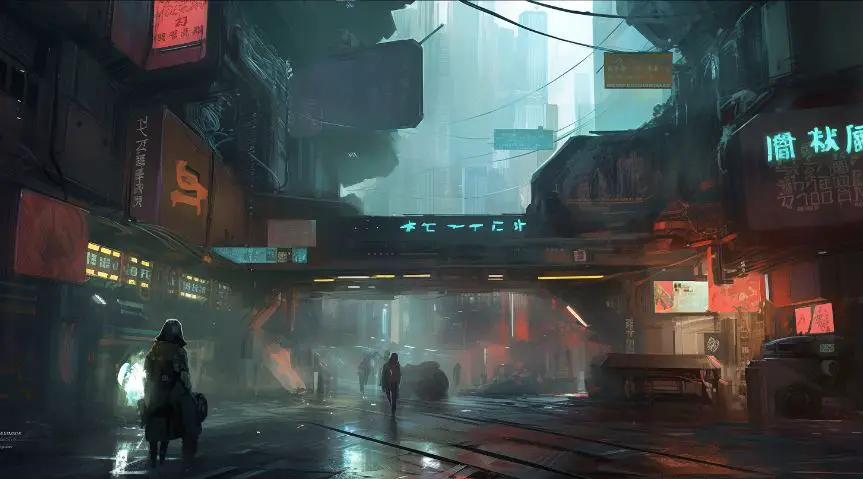The Evolution of Virtual Gaming: From Pixels to Virtual Reality
The inception of virtual gaming dates back to the early days of computing when developers were experimenting with simple graphics and text-based games. As technology advanced, so did the complexity and immersion of these virtual worlds, leading to the diverse and expansive gaming landscape we witness today. This evolution, from basic pixels to the immersive realms of virtual reality, signifies a profound journey that mirrors the rapid advancement of technology in the past few decades.
Early Days: Pixels and Pixels
In the 1970s and 1980s, the gaming industry primarily revolved around arcade games and early home consoles. Games like Pac-Man and Pong, consisting of basic pixelated graphics, laid the foundation for what was to come. These games, though rudimentary by today’s standards, captured the imaginations of millions and paved the way for more sophisticated virtual experiences.
Rise of Home Consoles and PCs
The 1990s witnessed a significant shift with the rise of home consoles like Nintendo, Sega, and Sony PlayStation. Simultaneously, personal computers became more accessible, allowing for a surge in PC gaming. Games like Super Mario, Sonic the Hedgehog, and Doom became cultural phenomena, shaping the way people perceived interactive entertainment. The introduction of 3D graphics in games like Quake and Tomb Raider marked a pivotal moment, enabling a more immersive visual experience.
Online Multiplayer and Massively Multiplayer Online Games (MMOs)
The late 1990s and early 2000s saw the advent of online multiplayer gaming. Titles like World of Warcraft and EverQuest brought players together in vast virtual worlds, fostering social interactions and collaborations. This era not only connected gamers globally but also laid the groundwork for the concept of persistent online universes, where players could live out alternate lives in virtual realms.
Emergence of Virtual Reality (VR)
The most transformative leap in the evolution of virtual gaming came with the rise of virtual reality technology. In recent years, VR headsets like Oculus Rift, HTC Vive, and PlayStation VR have redefined immersion. Players are no longer confined to observing a digital world on a screen; they are inside it, interacting with the environment in ways previously unimaginable. VR has made gaming a visceral, tangible experience, where actions in the physical world translate directly into the virtual space.
The Future: Beyond Reality
Looking ahead, the evolution of virtual gaming continues, promising even more profound experiences. Augmented reality (AR) games, blending the digital and physical worlds, have gained traction with titles like Pokémon Go, enabling players to interact with virtual elements in their real surroundings. Additionally, advancements in artificial intelligence and haptic feedback systems indicate a future where games respond intelligently to players’ actions and provide realistic tactile sensations, further blurring the line between reality and virtuality.
In conclusion, the evolution of virtual gaming showcases the remarkable progress of technology and human creativity. From humble pixels to immersive virtual reality, gaming has become a vibrant tapestry of experiences, connecting people across the globe in shared adventures. As technology continues to advance, the boundaries of virtual gaming will only expand, promising more awe-inspiring and transformative journeys for players to embark upon.

